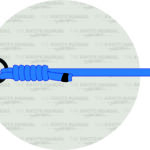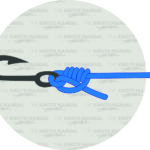The Palomar Knot is considered to be one of the best fishing knots because it’s easy to tie and secure. It’s used to attach fishing lines to hooks, swivels, lures, and split rings.
Quick Guide: Tying the Palomar Knot
To tie the Palomar Knot, first make a 5-inch (10 cm) bight near the end of the rope. Then take it through the eye of the hook, behind the standing end, and through the loop to create an Overhand Knot. Spread the end of the bight, take it over the hook, and place it at the bottom of the knot. Lubricate it with water or saliva and tighten it to finish the Palomar Knot. Finally, cut off the tag end.
Some sources say that the end of the bight (in step 5) should be passed over the knot on the top. Others say that it should be left more towards the bottom. The best position to place it in is towards the bottom, but not touching the hook because this gives more movement for the hook. But in reality, it’s a very forgiving knot, so all three placements will work well.
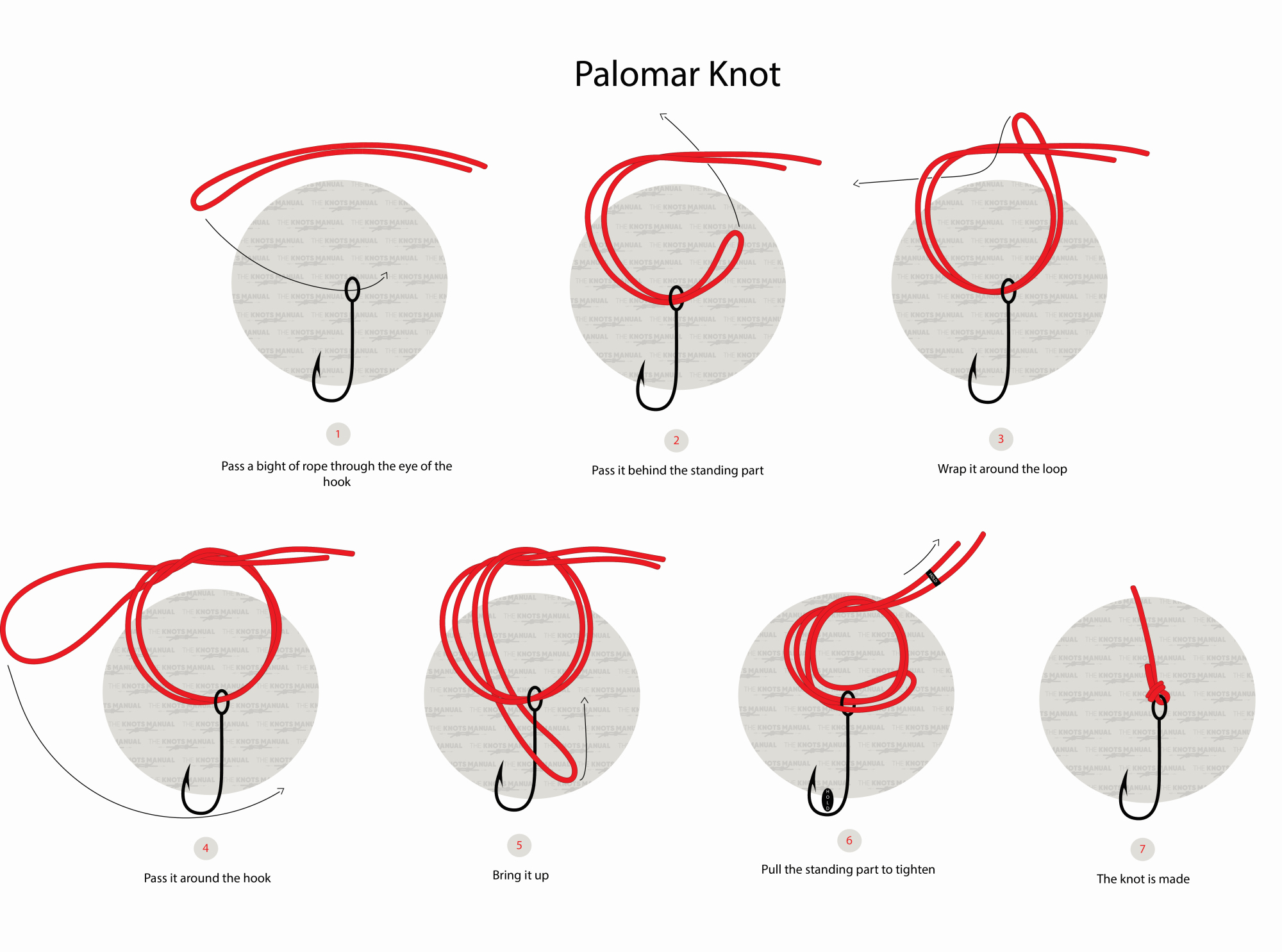
Pros and Cons of the Palomar Knot
The Palomar Knot is very easy to tie because it’s based on a simple Overhand Knot. It can easily be tied in cold weather and darkness.
It’s also very secure. Tests have shown that it holds almost 100% of the line-breaking strength if tied and tightened correctly.
It’s usually used with braided lines because other knots aren’t as secure with them. But you can also use it with monofilament and fluorocarbon lines because it works similarly well.
The main downside of the Palomar Knot is that it’s hard to tie with thicker monofilament lines and small hook eyes. That’s because in step 1, you have to fold the line in half, and monofilament doesn’t bend as well as braided lines.
It’s also very awkward to use if you’re attaching your line to a large and complex rig. In order to tie it, you’d have to take bight around the whole rig, which could be a bit difficult to do.
Common Uses for the Palomar Knot
The Palomar Knot is used whenever you need to attach your fishing line to a hook, split ring, swivel, or lure. It’s most commonly used with braided fishing lines because it creates a very secure connection, that is very unlikely to slip.
Knots Like the Palomar Knot
Double Palomar Knot: One of the best knots to use for NanoFil and braided lines because it’s even more secure than the standard Palomar Knot. It’s created with a Double Overhand Knot instead of a regular one.
Trilene Knot: One of the best knots to use for monofilament and fluorocarbon lines because it’s very unlikely to slip. It’s a good choice to use if the eye of the hook is too small to use the Palomar Knot. It doesn’t work well with braided lines.
Improved Clinch Knot: A good alternative to the Palomar Knot to use with monofilament lines. It’s very strong, reliable, and also easy to tie.
Eye Crosser Knot: A recent fishing knot that’s proven to be more reliable than most other fishing knots, including the Palomar Knot.
Uni Knot: A very popular fishing knot that can be used with any type of fishing line. It’s slightly less reliable than the Palomar Knot, but also very easy to tie.
Snell Knot: An older fishing knot that attaches the line directly around the hook. It was invented to be used with eyeless hooks but is still used by many people with modern hooks. It isn’t as reliable as the Palomar Knot and is also harder to tie,
Step-By-Step Guide: Tying the Palomar Knot
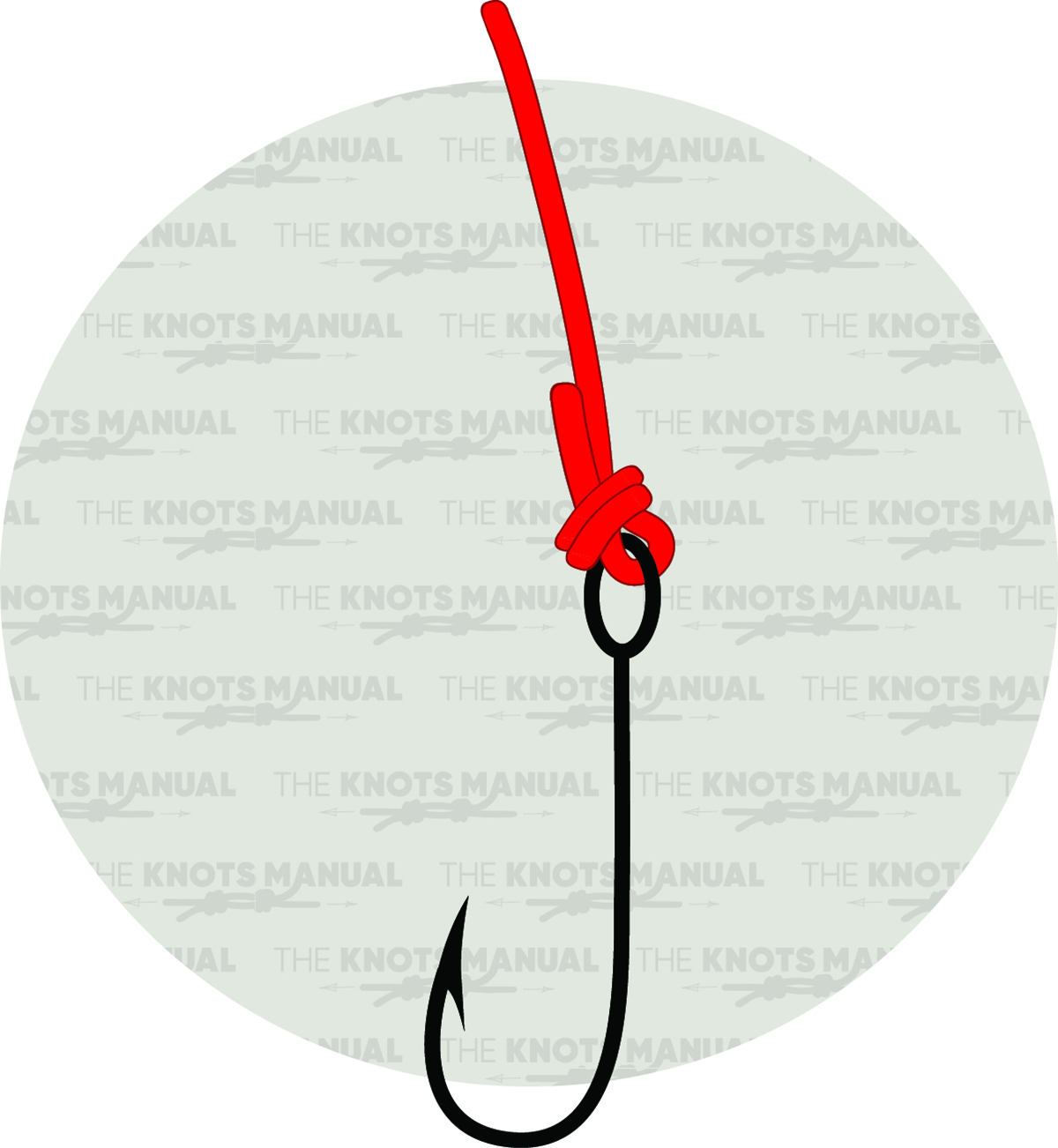
A step-by-step guide on how to tie the Palomar Knot.
Step 1:
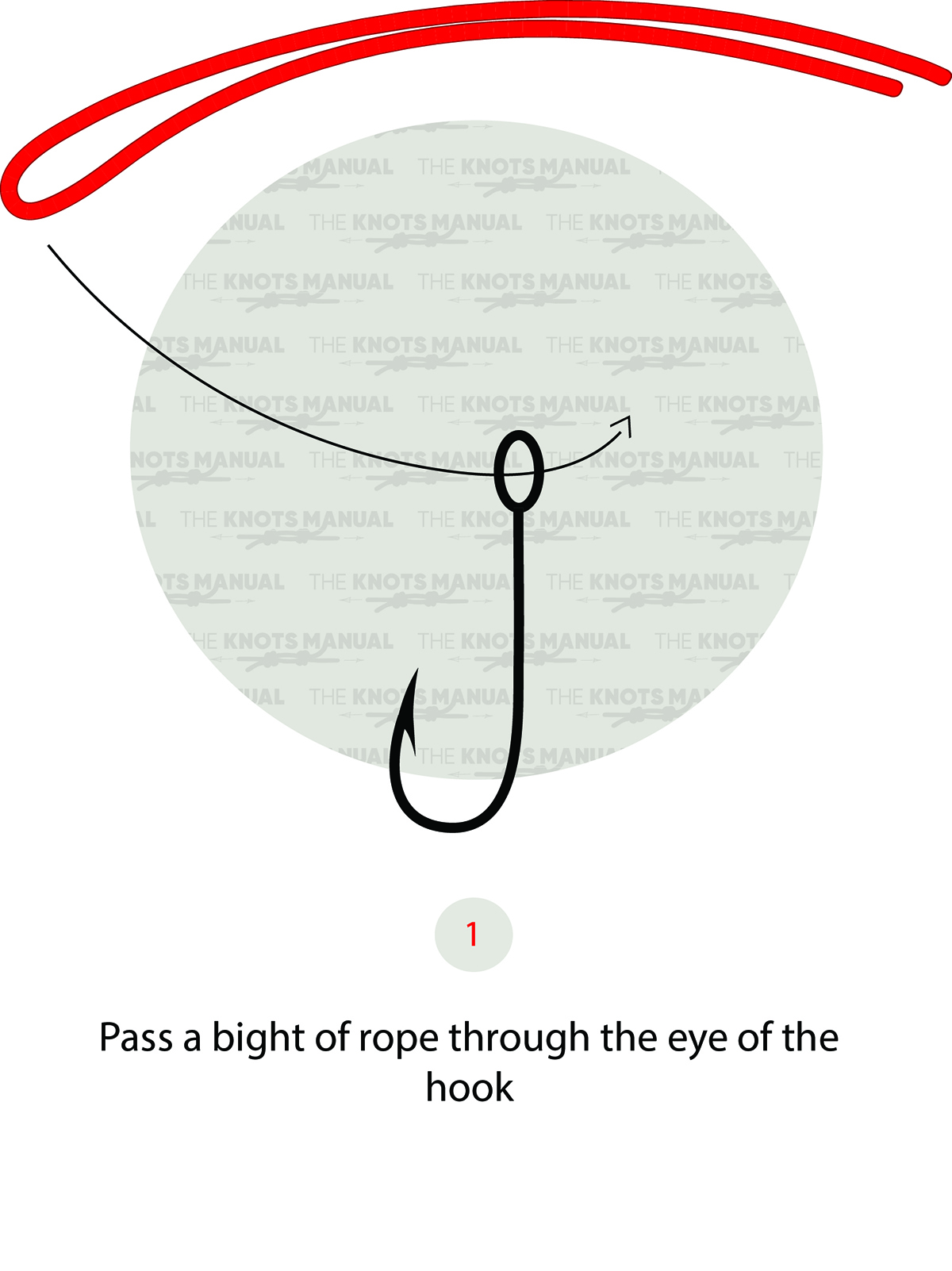
Create a 4-inch (10 cm) bight near the end of the fishing line.
Step 2:
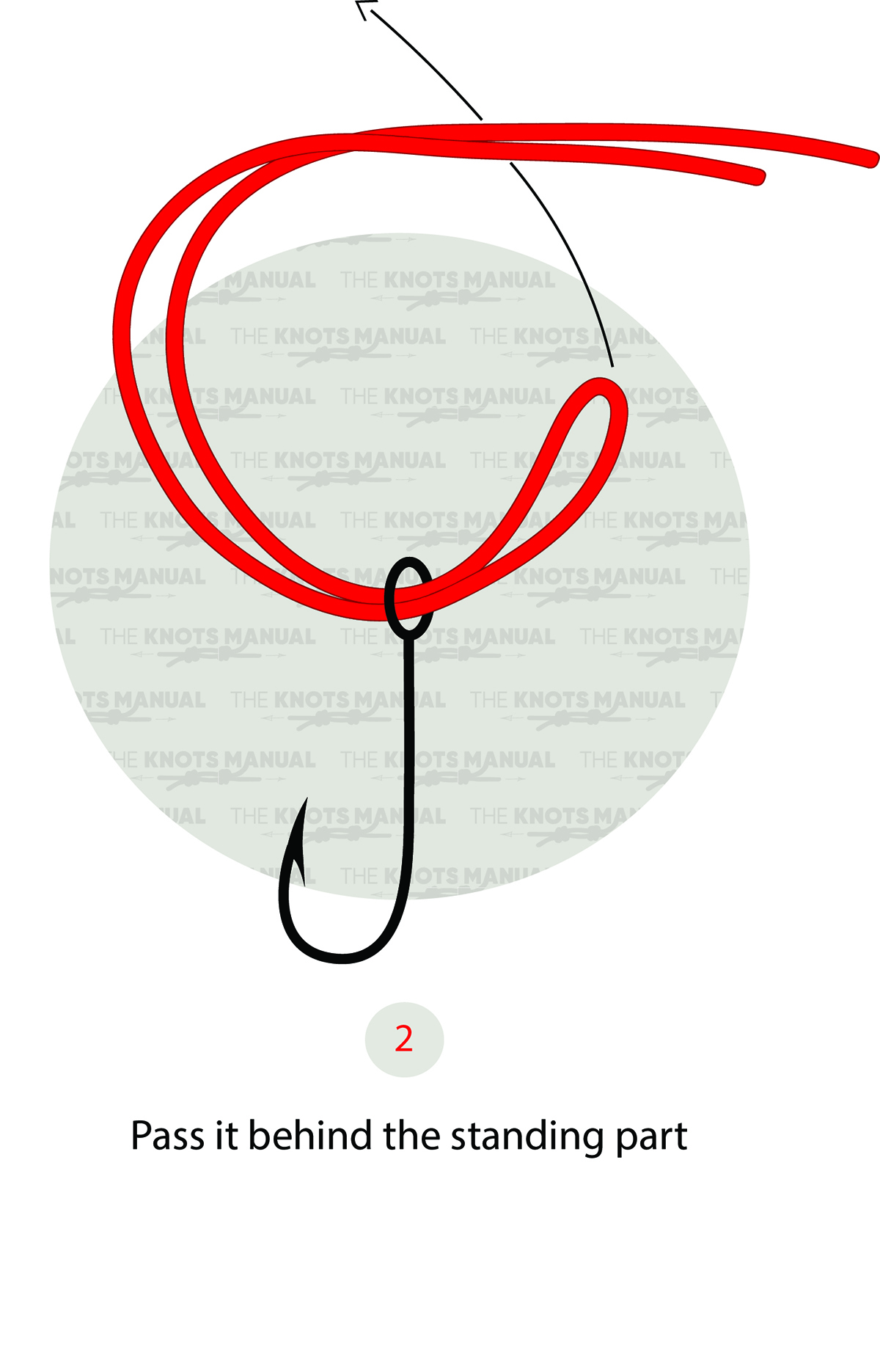
Pass it through the ring of the hook and behind the standing end.
Step 3:
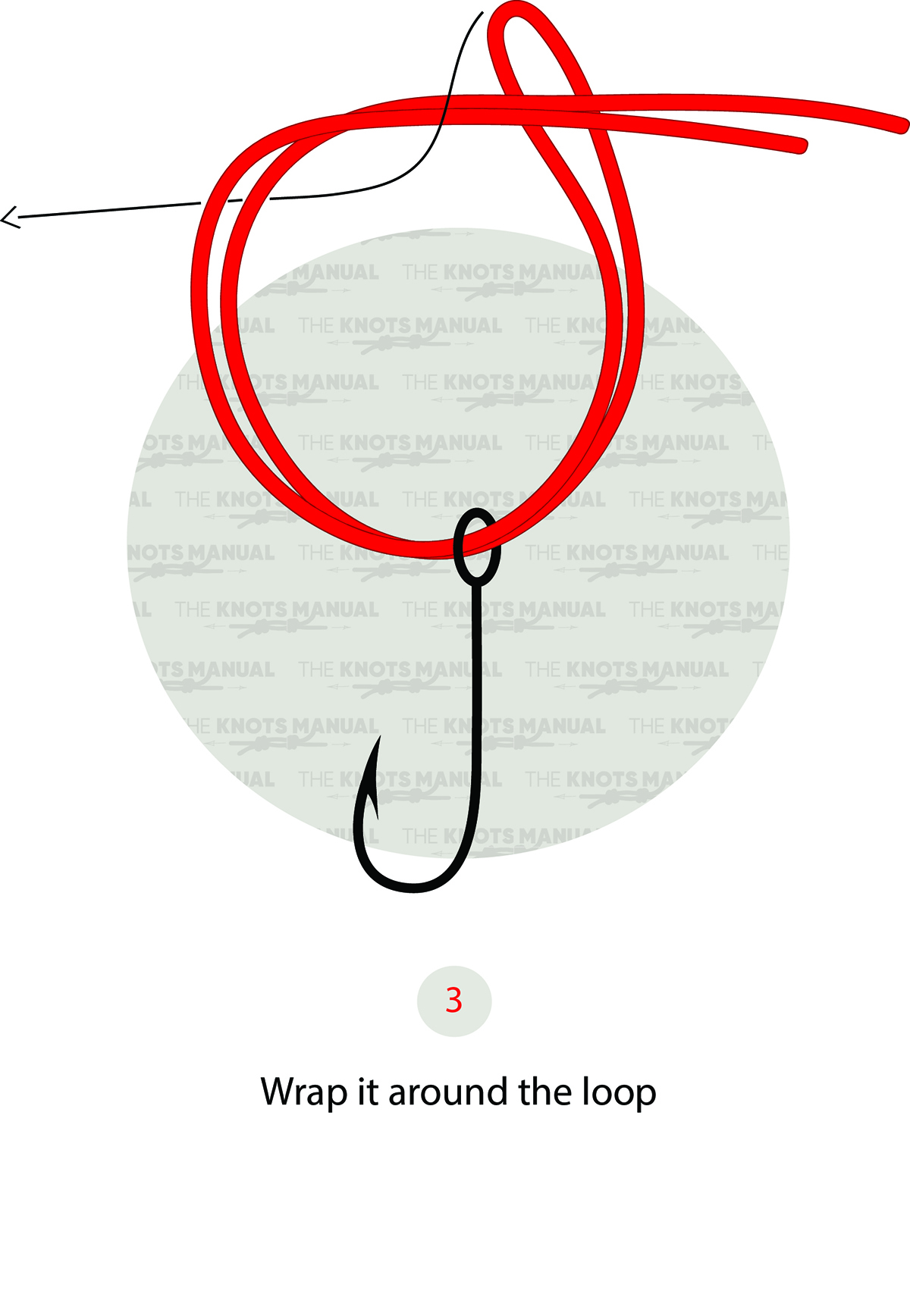
Pass it through the formed loop to create an Overhand Knot.
Step 4:
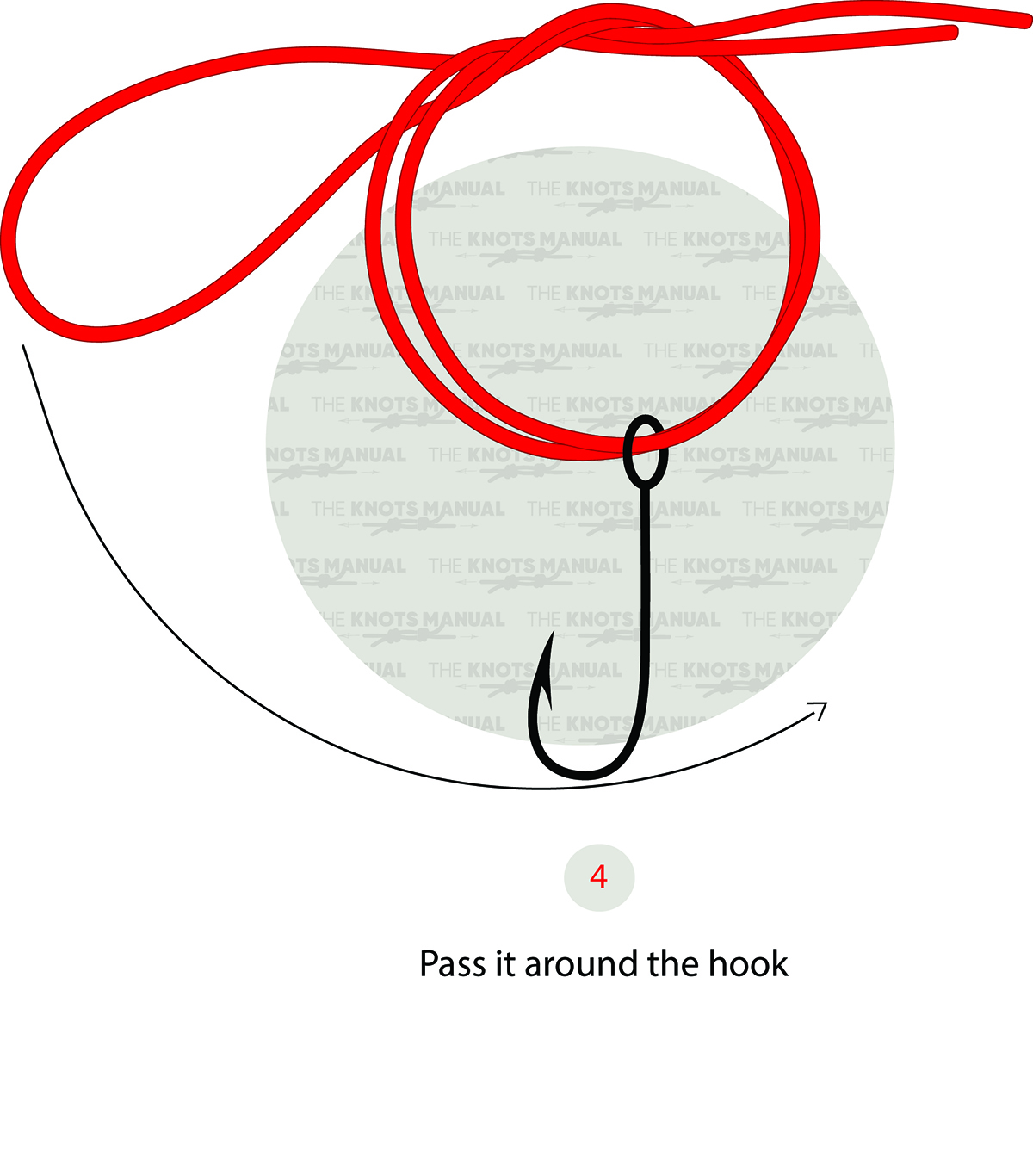
Now take the end of the bight, spread it open, and pass it over the hook.
Step 5:
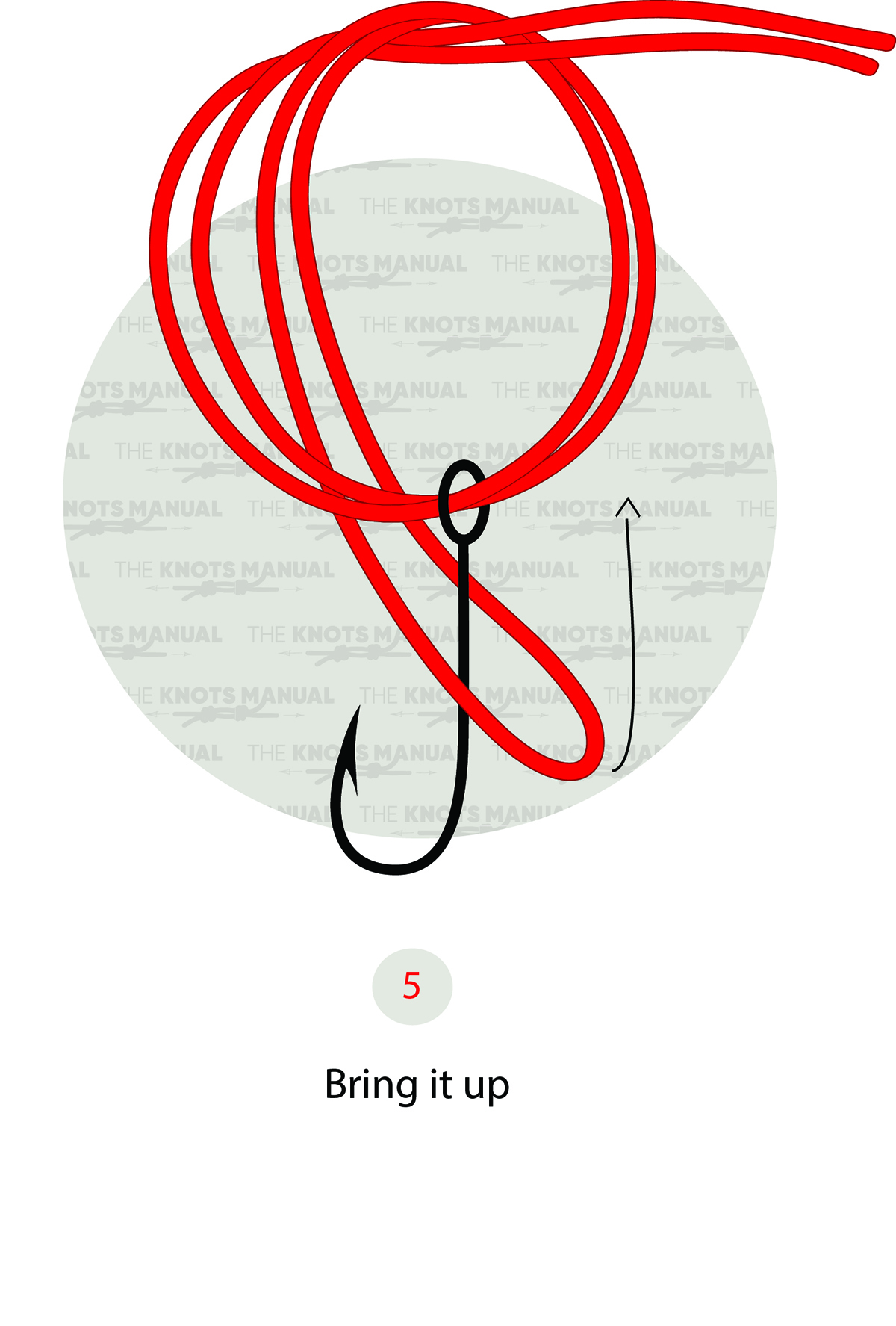
Place it on the bottom of the knot, closest to the right of the hook.
Step 6:
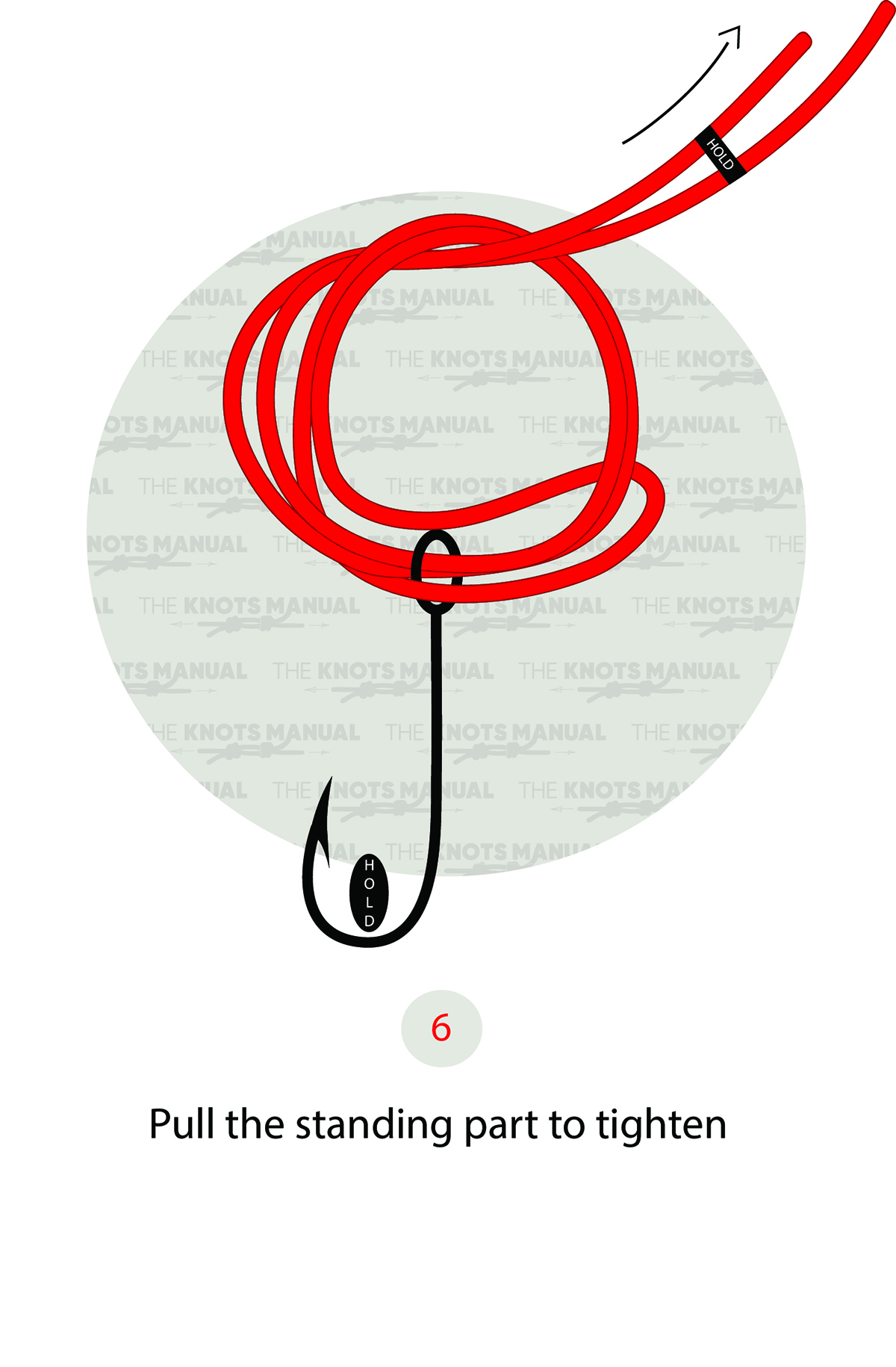
Lubricate the knot with water or saliva and tighten it.
Step 7:
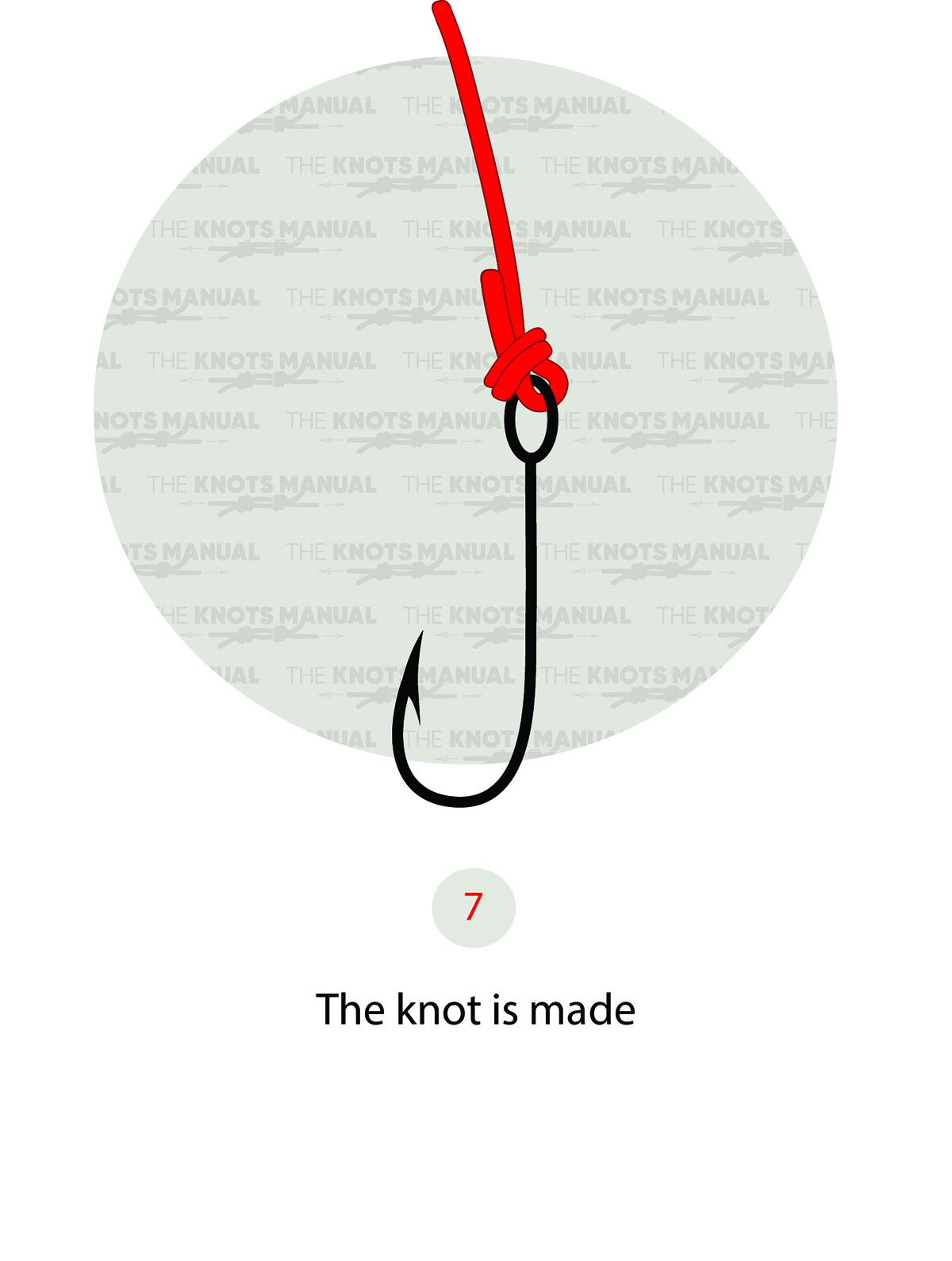
The Palomar Knot is finished.

